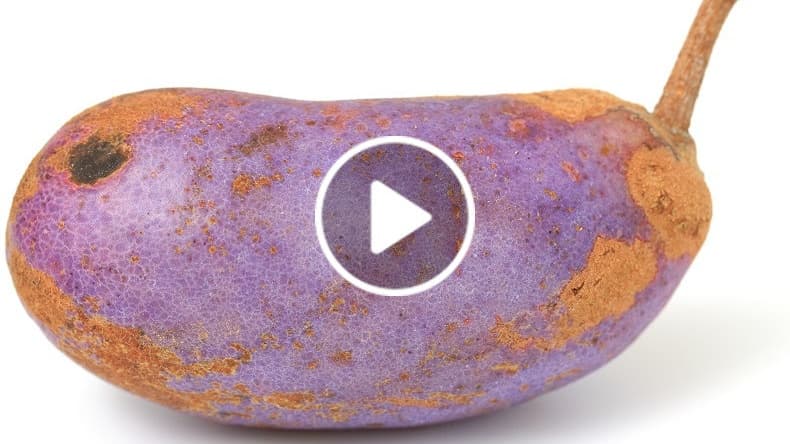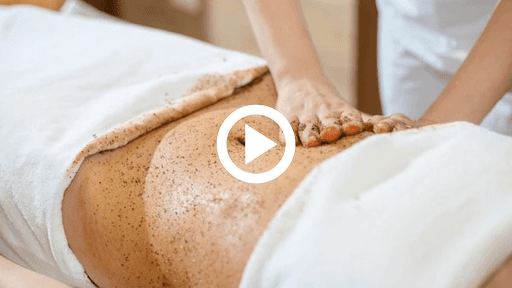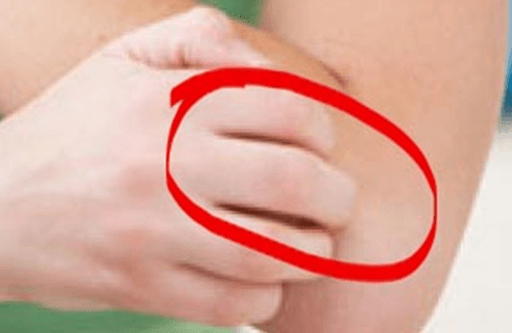cavity filling between two teeth at the dentist #shorts
For many, the prospect of a dental filling can seem daunting. However, understanding the process can ease anxiety and prepare patients for what to expect during their appointment. In this article, we break down the cavity filling procedure into digestible steps, outlining each phase clearly.
The procedure begins with some basic yet crucial preparatory measures. Initially, your blood pressure is monitored, highlighting the careful attention given to overall health.
Next, a topical anesthetic is applied to the gum area, creating a numbing effect to minimize any discomfort later.
Once adequately numbed, a local anesthetic is administered, further ensuring a pain-free experience throughout the procedure.
With anesthesia taking effect, the dentist proceeds to remove any tooth decay using a high-speed handpiece. This initial removal is crucial to eliminate the compromised tooth material effectively.
Following this, a slow-speed handpiece is used to ensure complete decay removal, which facilitates a clean environment for the filling.
The enamel surface is then roughened using an etch, preparing it for the resin to adhere properly.
This filling involves using composite resin, which is applied in layers.
First, a bonding agent is used, brushed onto the surface to etch and prime. Next, an adhesive is put in place and light-cured — a process critical for hardening the layer effectively.
Finally, the dentist applies the filling material, pressing it down with precise instruments to reshape and refine areas that mimic the natural contours of a tooth. Each layer is light-cured to consolidate it before progressively adding more.
Once the filling layers are complete, the dentist needs to check the fine details. Removing wedges, bands, and clamps, they meticulously ensure inter-dental contact using floss.
A check using articulating paper is crucial to verify that the bite is well-balanced — high points are trimmed, and the tooth is polished for a smooth finish.
From Around The Web
Wellness Inbox is a blog & weekly newsletter that curates trending news and products related to health and wellness from around the web. We also gather content from various sources, including leading health professionals, and deliver it directly to you.
Please note that we may receive compensation if you purchase any products featured in our newsletter. Wellness Inbox is not affiliated with, nor does it endorse, any health professionals whose content may appear in our newsletter. The information provided is for general informational purposes only and should not be considered medical advice.
The information provided is not intended to replace professional medical advice, diagnosis, or treatment. All content, including text, graphics, images, and information available is for general informational purposes only. We do not guarantee the accuracy or completeness of any information presented and assume no liability for any errors or omissions. The content is subject to change without notice. We encourage you to verify any information with other reliable sources and consult your physician regarding any medical conditions or treatments.







